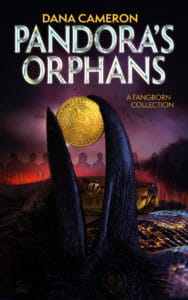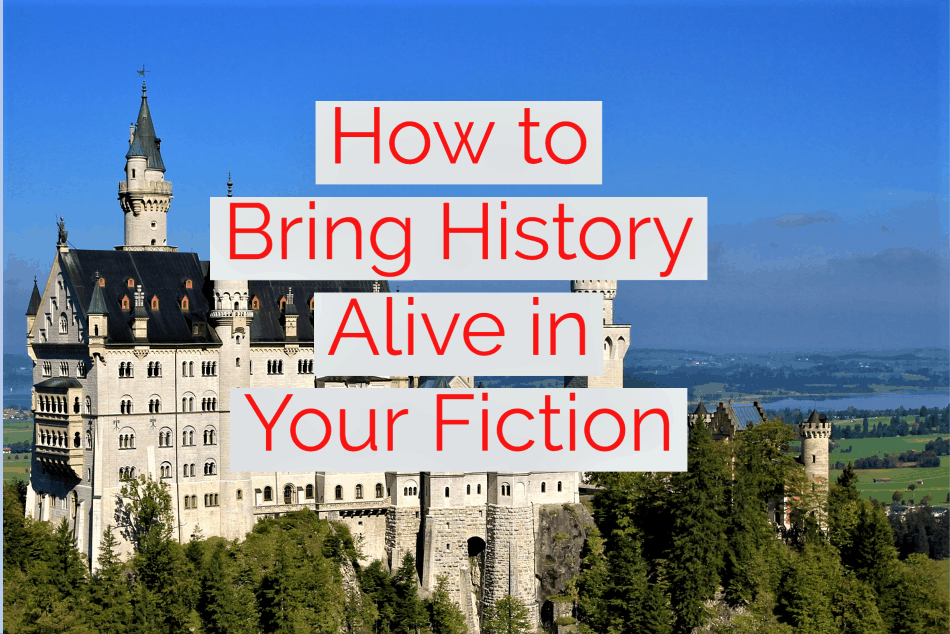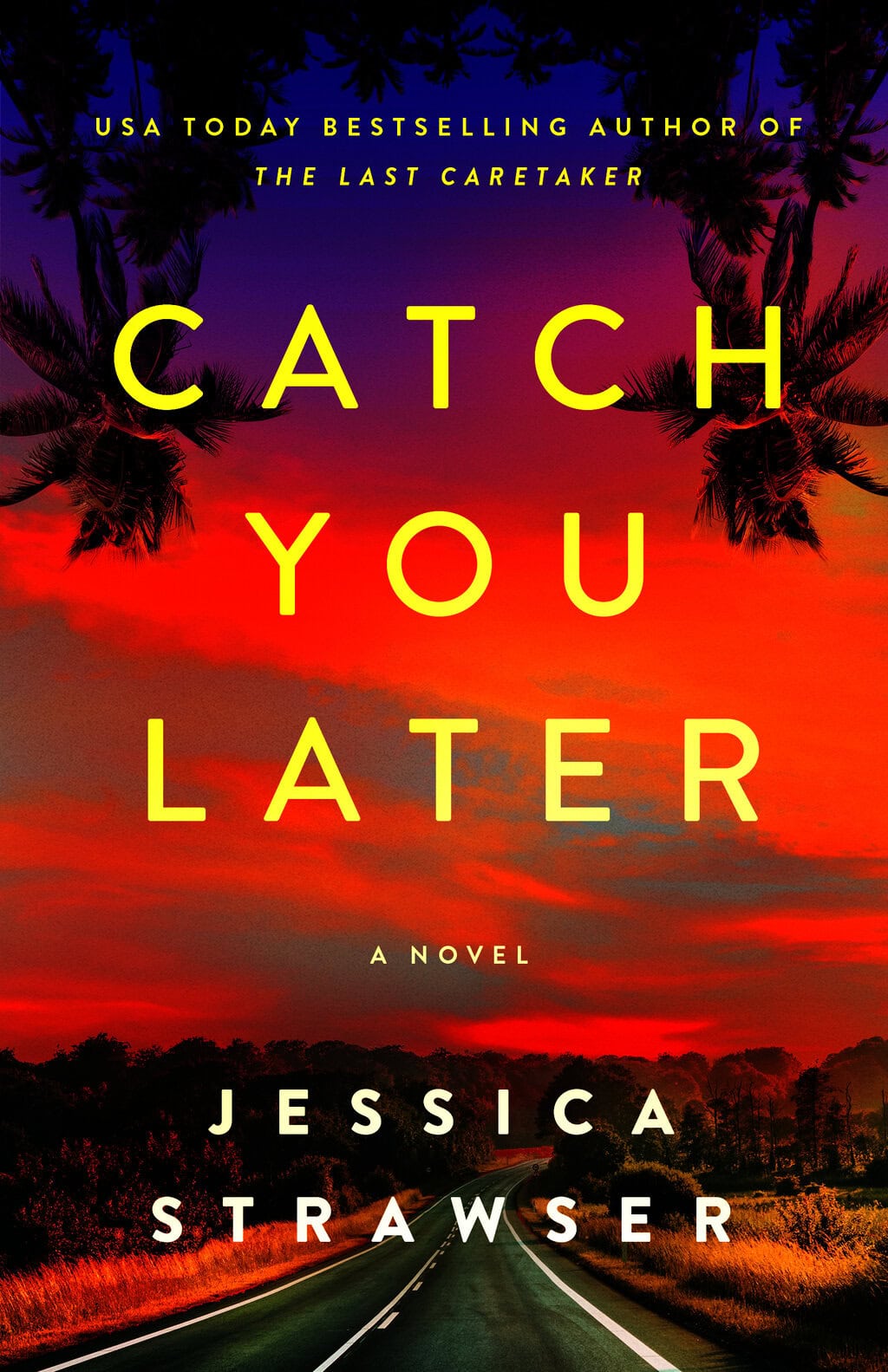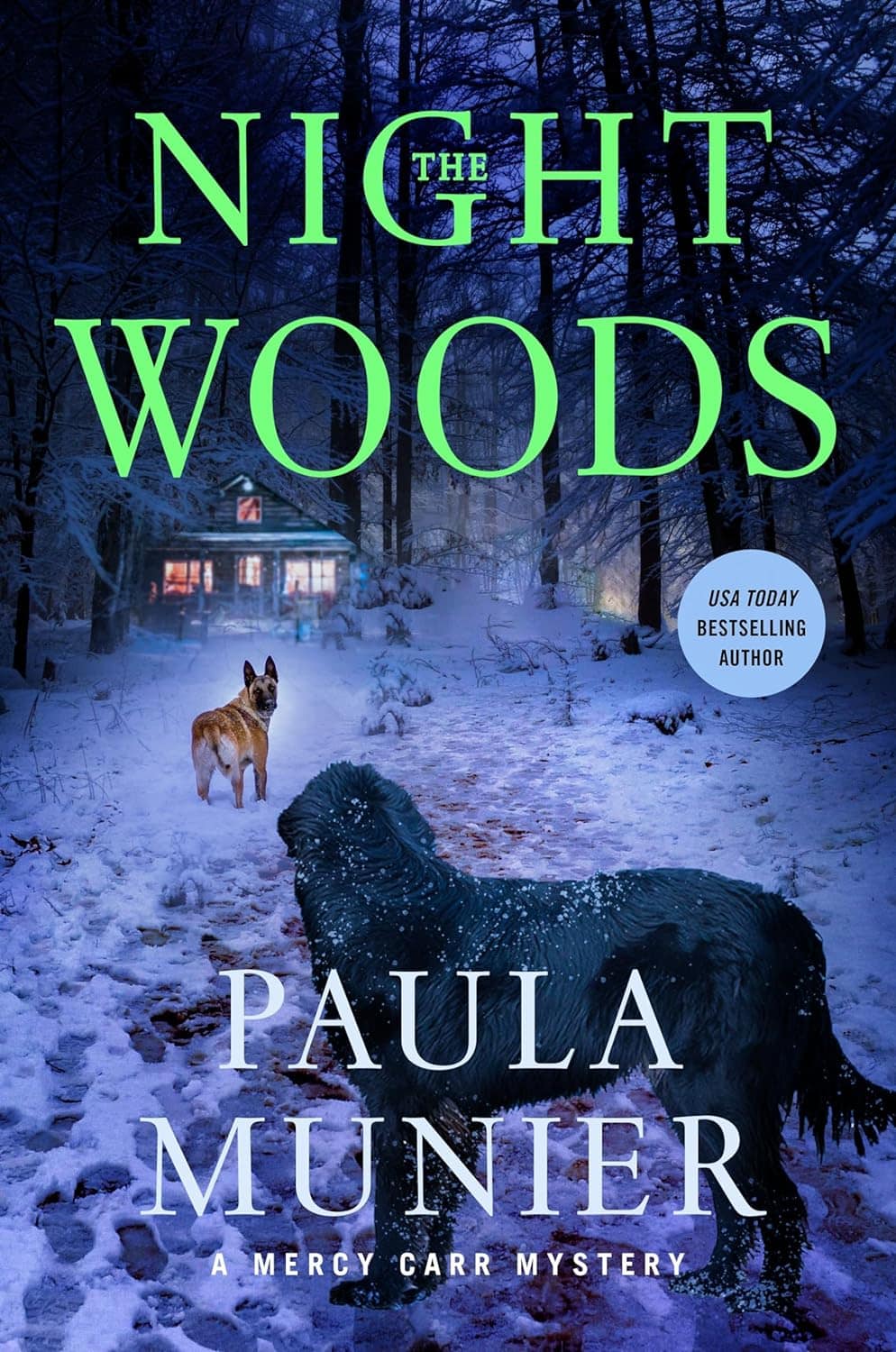by Dana Cameron
You don’t need to be an historian to get your novel’s historical setting right. Research, imagination, empathy, and an open mind make for a good start.
My first career was in historical archaeology, and when I started writing fiction—almost twenty years ago! —naturally that subject matter worked its way into my stories. In my fiction, usually there is a main POV character who is an archaeologist (e. g., Professor Emma Fielding in my traditional mysteries, or Zoe Miller, an archaeologist and werewolf in my Fangborn novels). Virtually everything I’ve ever written has centered on or involved history in some way.
When I recently collected all of my Fangborn short stories in one volume (Pandora’s Orphans: A Fangborn Collection), I noticed that more than half of the stories took place in the past: from 1880s London to the not-so distant past of the 1990s. Following that was the realization that even when I’m writing fantasy, I need to get the setting of the ordinary world right, because once readers are invested in that they’ll be willing to follow me into even more fantastical settings.
Do the homework
Samuel Johnson spoke about turning “over half a library to make one book.” When writing historical fiction, read non-fiction works about the time. Research on the Web can help, first, when you’re trying to get a general idea of your subject, and later, when you drill down on specific areas of interest—but it’s always a good idea to check that your sources are reliable. Advertisements, magazines, and catalogs—like Sears Roebuck catalogs—can also prove useful.
Study what was being written during the period: newspapers, diaries, essays, poetry, sermons—even popular fiction. You can learn a lot about society of the period by reading Little Women or Middlemarch.
Have you heard the phrase, “History is written by the victors”? Whatever the time and place you’re focusing on, there will be multiple points of view about politics, art, religion and society.
Examine your subject from different angles.
Paintings can be useful in a cultural study, showing what was important to the usually wealthy sitters, but caution is advised: oftentimes the subjects were swathed in decorative, idealized draperies rather than the regular garments they wore day to day. Some classical portraitists were known to use the same coat or dress from their own collection of costumes and props on several sitters!
Look where you aren’t supposed to look.
Much history and art is by or focused on the elite—by definition, a small percentage of the population. There will most certainly be art and crafts made by other members of society, even if they’re the embellishment of everyday items like pottery, baskets, quilts, and tools. Study the clothing; even undergarments tell you about freedom of movement and behavior.
Museums that exhibit items from your chosen historical period will be a great resource, and some even have exhibits online. Need to learn about material culture in 17th-century Europe? Check out the collection of Vermeer interior paintings at the Rijksmuseum in Amsterdam from the comfort of your computer! And if you can visit a living history museum (such as Old Sturbridge Village and the Plimoth Patuxet Museums in Massachusetts), not only will there be items of every day life on display, there will be guides (or “interpreters”) to show you how they work and answer questions.
If you are writing about a particular place, you may want to go there, if possible. For example, in my present WIP, I have a scene set in a particular neighborhood of London. Despite the fact that I am writing about that neighborhood about a hundred years ago, it helped to visit there and get a sense of the space and surviving architecture. I later fleshed out the scene I was writing by consulting historical maps and photographs found on the Internet.
Diaries, newspapers, cemeteries, travelogues, crime records contain an abundance of potentially useful information for the curious novelist. Listen to music of the time, and if there are recordings of spoken word performances or interviews, give them a listen. Archaeology often records people historically left in the margins; even the remains of a privy may reveal facts absent from traditional histories.
I recently hosted a virtual discussion on writing historical mysteries with several noted crime writers, and they offered wonderful examples of research tools from their own work. Laurie R. King uses vintage Baedeker travel guides (some even have notes written by the original users!) and maps. Naomi Hirahara recommends vintage postcards bought online, which provides images of a place or time, as well as handwritten personal messages. She also recommends checking out yearbooks in online genealogy databases. S.J. Rozan discovered a wealth of information by studying groups on social media that share memories of growing up in a particular place and time, along with recipes and photographs.
If you have access to a subject matter expert, fantastic. By all means, consult them and ask specific questions—after you’ve done your own research.
If you are writing a character who does not share your background and lived experiences, it’s probably a good idea to hire a professional sensitivity reader to help you avoid common prejudices and cultural biases.
And don’t forget to thank the folks who helped you in the acknowledgments.
Use Your Senses
Once you have a grounding in your historical world, engage your readers by adding sensory experiences.
- What food did they eat, and with what spices?
- What would an 18th-century fishing village have smelled like?
- What’s the difference in the sound of leather boots on cobblestone streets versus running shoes on asphalt?
- How would it have felt to wear layers of clothing in the middle of a hot summer?
Living history museums and other institutions that reproduce old crafts with period tools offer demonstrations that will add color and detail to your storytelling.
Setting aside the research
All that having been said, it’s important to remember you’re not writing a scholarly work.
Not everything you find out, no matter how interesting or exciting it is, will fit into your book.
You don’t want any gratuitous detail—no matter how wonderful— to get in the way of the story. Use historical information like seasoning: just enough to create an environment, but not so much as to detract from the narrative. The same can be said of “historically accurate” dialogue; more than anything, your characters needs to connect with modern readers.
In the case of dialogue, clarity of meaning is essential, and in this one case, absolute historical accuracy is not. Communication is the key.
To avoid overwhelming readers with an info dump, you might include a character who is a newcomer to your community, or a child who’s learning about what is acceptable in this specific setting. Two characters in conflict, dramatically arguing over a situation, is another way to illuminate a complex subject.
Above all, a good story
Going down a research rabbit hole is one of the great pleasures of writing historical fiction. But the successful historical fiction novelist must take these fascinating elements of time and place and combine them with a compelling narrative.
Emotion, of course, is key in communicating with readers. While cultural values vary greatly, the emotional lives of a novel’s characters must be familiar to its intended reader. A writer who is faithful to a time and place and can make their characters fully accessible in a terrific story provides the rest of us with the great pleasure of reading historical fiction.
Do you use any unusual sources when researching your novel? Share with the rest of us on Facebook!

 Dana Cameron writes across many genres, but especially crime and speculative fiction. Her work, inspired by her career in archaeology, has won multiple Anthony, Agatha, and Macavity Awards, and has been nominated for the Edgar Award. Dana’s Emma Fielding archaeology mysteries were optioned by Muse Entertainment and appeared on the Hallmark Movie & Mystery Channel 2019. Her latest work, Pandora’s Orphans: A Fangborn Collection, drops on July 13, 2021. When she isn’t traveling or visiting museums, she’s weaving, spinning, or yelling at the TV about plot holes and historical inaccuracies. You can learn more about her at www.danacameron.
Dana Cameron writes across many genres, but especially crime and speculative fiction. Her work, inspired by her career in archaeology, has won multiple Anthony, Agatha, and Macavity Awards, and has been nominated for the Edgar Award. Dana’s Emma Fielding archaeology mysteries were optioned by Muse Entertainment and appeared on the Hallmark Movie & Mystery Channel 2019. Her latest work, Pandora’s Orphans: A Fangborn Collection, drops on July 13, 2021. When she isn’t traveling or visiting museums, she’s weaving, spinning, or yelling at the TV about plot holes and historical inaccuracies. You can learn more about her at www.danacameron.





